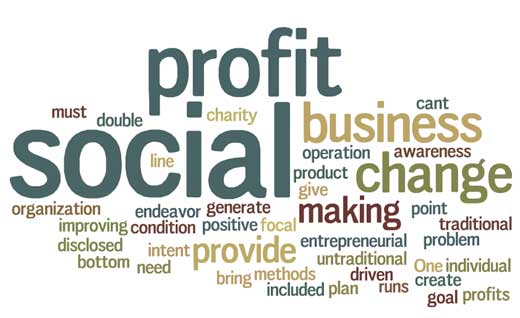How do we measure success in the classroom? Well, here is a little moment for me that made it all worth it! Wednesday of last week, it all came together. I teach Hybrid Entrepreneurship at Clemson…I also teach a business writing class, both classes are wrapped around entrepreneurship. Wednesday was the day of success.
I teach both of these classes back to back. The Business Writing class at 2:30pm and the Hybrid Entrepreneurship class at 4pm. When I walked into the Business Writing class, one of my students had a huge smile on her face. It was a smile of passion. This semester, they are writing about their passion, their business idea, and putting it in a business plan. Each class, a new piece of the puzzle is due then inserted into their business plan notebook. She had an idea.
As I made my way to the front of the class, she began pitching her idea. She explained the vision, the customers, the market, and how much it would cost. She had the entrepreneurial spirit and looked at me and asked, “Do you think I can do it?” I said…”What is stopping you?” She sat and thought…she said…”The money and the time.” The more we talked, the more I realized the idea was great and expensive. I told her to take what we learned in this class and write the plan. You could see she could not wait to get out the door and put her thoughts on paper. The spirit was alive.
As class ended, I made my way to Sirrine Hall for Hybrid Entrepreneurship. This class has to create a business idea that would solve a social problem yet generate profit. We are almost done with the project and I have been encouraging each group to not stop at the end of the semester. Each of the five groups have viable business ideas solving real social problems. Each could start a business immediately.
Two members of a group came to class early to find me. They had a question, “How do we actually make this a business?” They wanted to know about creating a LLC and they also wanted to know about how to manage the finances. They wanted to know about partner agreements. They were serious. They have a great business idea and they were ready to make the leap of faith into the world of entrepreneurship.
My goal with these classes, to teach the culture of entrepreneurship. I wanted to find and unlock the hidden passion and potential. These bright students are the leaders and innovators of tomorrow, they are the creative class. This day was a day of success, they are beginning to think beyond the A’s and B’s…and how to convert ideas into viable business ideas. Regardless if they succeed, they wanted to get up to the plate and take a swing at that fast ball.





